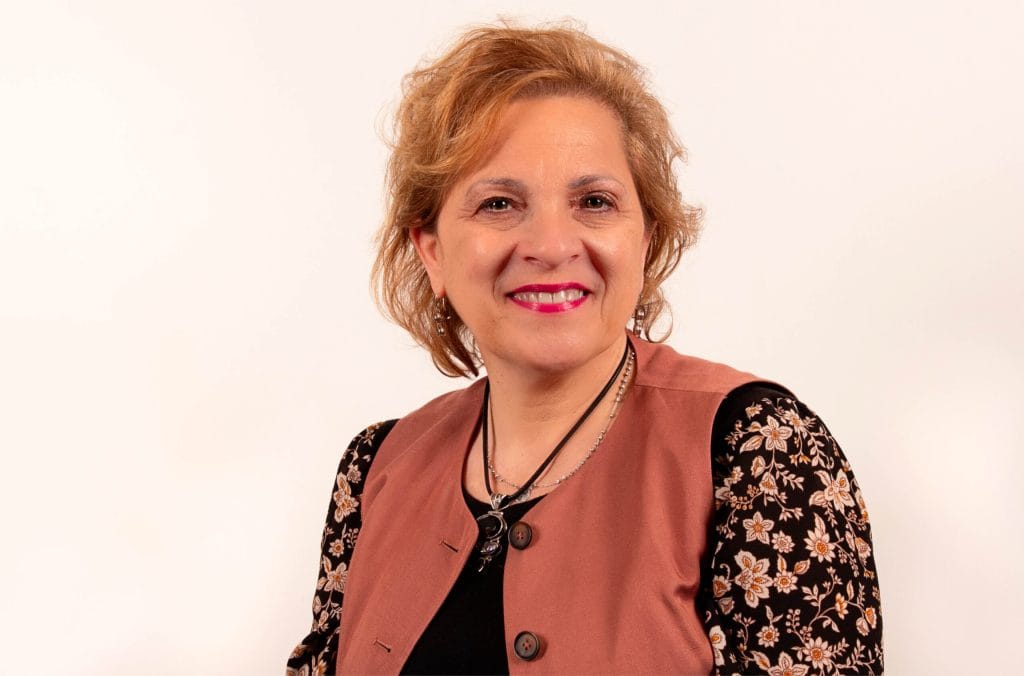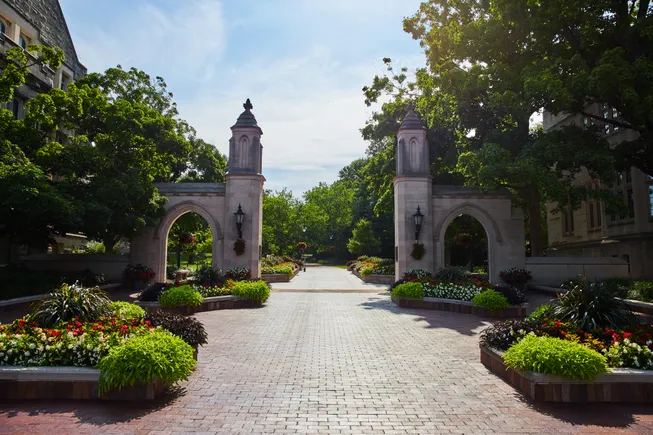
Consultations that will be held this summer to set Canada’s three-year plan for immigration levels will also help guide the federal government’s policy approach to international students, according to the minister responsible for the file.
“We need to balance our system with the numbers of people that are here – and certainly international students make up a large part of the temporary resident status,” Immigration, Refugees and Citizenship Minister Lena Metlege Diab said in an interview.
She said that university administrators and students would be involved as part of the consultations, which primarily involve the provinces as required under the Immigration and Refugee Protection Act.
“We’re talking about people here,” said Minister Diab. “But it’s also our economy. Many regions and provinces rely on universities for their livelihood, so they want to work with us. They want to ensure that students are looked after.”
“But Canadians, as well, want to ensure that we have a system that is sustainable,” she added.
In the Speech from the Throne, delivered by King Charles III on May 27, Prime Minister Mark Carney’s government stated that it “is dedicated to rebuilding the trust of Canadians in immigration by restoring balance to the system,” and said that it would cap the number of international students and temporary foreign workers to less than five per cent of Canada’s population by 2027.
“By doing this, the government will attract the best talent in the world to build our economy,” said the Throne Speech, echoing a priority Prime Minister Carney identified in his ministerial mandate letter that also pledged a return to “overall immigration rates to sustainable levels.”
“Unprecedented” population growth
Minister Diab said that over the past two years, there has been “unprecedented growth in people coming to this country, whether as temporary residents – students, workers, protected persons – or those coming for permanent residency.”
“I’ve never seen that upsurge in my lifetime,” she said.
In 2023, Statistics Canada reported that Canada’s population had reached 40 million following an unprecedented growth the year before by 1.1 million people, “most of them permanent and temporary immigrants,” said the agency. As of mid-June 2025, the country’s population was about 41.7 million.
Minister Diab, who was appointed to Prime Minister Carney’s cabinet following the April 25 federal election, noted that the population surge has led to “challenges” in Canada’s housing infrastructure.
“We had no choice but to recalibrate and rebalance our system for the next couple of years – and that is why the [Immigration] Levels Plan tabled last year decreased the number of temporary and permanent residents coming,” she explained.
According to 2024 data from Immigration, Refugees and Citizenship Canada (IRCC), the number of international students in Canada nearly doubled from 567,000 to more than a million over a five-year period. Between 2022 and 2023 alone, the number of these students increased by over 200,000, which the department noted was “the largest annual increase” in the International Student Program’s history.
Last September, IRCC announced a reduction in international study permits, based on a 10 per cent reduction from the 2024 target of 485,000, which resulted in 437,000 for 2025.
Nova Scotia a “province of education”
Prior to entering federal politics after being elected in 2021 as the Liberal Member of Parliament for the Nova Scotia riding of Halifax West, Minister Diab served for nearly eight years representing a Halifax constituency in her home province’s House of Assembly. During that time, she also served as immigration minister in Nova Scotia’s Liberal government and the issue involving international students was “completely the opposite” of what it is now, said the federal immigration minister.
“I wanted to bring students in order for them to come, study and stay,” explained Minister Diab, who also served as Nova Scotia’s minister of advanced education toward the end of her time in provincial politics. “In smaller provinces, like mine, we were working from a deficit [and] really needed these students for many reasons.”
She hailed Nova Scotia – with a population of just over a million and home to 10 universities – as a “province of education” for both Canadians across the country, along with many international students.
However, Minister Diab, a lawyer by training who also holds a master’s degree in public administration from Dalhousie University in Halifax, said that over the last few years across Canada, many international students “have been taken advantage of.”
Fighting fraud a key priority
“There have been a number of challenges in the visa system with regards to students and their paperwork, and for that reason, my predecessor [former federal immigration minister Marc Miller] had to do what he did to ensure that we have integrity in the International Student Program,” she explained.
In 2023 and 2024, under Miller’s watch, evidence emerged of immigration fraud schemes involving foreign student visas. In a typical scheme, an unscrupulous immigration consultant in a would-be student’s country of origin would forge a letter of acceptance from a Canadian college or university and attach it to the student visa application. The Canadian government would then issue the visa, unaware that the applicant had not actually been accepted to the university or college in question.
To thwart this practice, since December 1, 2023, IRCC has required designated learning institutions (DLIs) – post-secondary schools approved by provincial or territorial governments to host international students – to confirm every applicant’s letter of acceptance. As well, DLIs must file compliance reports showing that international students are still actively enrolled and engaged in their programs of study.
In just over a month after that rule was instituted, the new verification system identified 1,813 potentially fraudulent letters of acceptance out of 60,887 applications, IRCC reported.
There have also been cases of private-sector colleges aggressively recruiting international students, charging high tuition fees, and then failing to deliver on the promised educational programs. Last January, Ontario and B.C. vowed to crack down on what Jill Dunlop, then the Ontario minister of colleges and universities, called “bad actors.”
Last November, Mr. Miller announced new regulations regarding the International Student Program. International students must now apply and be approved for a new study permit before changing learning institutions. DLIs that fail to verify acceptance letters or submit compliance reports can now be suspended from accepting new international students for up to a year.
These measures brought the program “back to a place where Canadians – but also international students that are coming here – feel protected and safe, and feel they’re not being taken advantage of,” said Minister Diab.
Increased hurdles, lower revenues
In 2024, the federal government introduced changes that make it harder for international students to come to Canada.
The cost-of-living financial requirement for study permit applicants was more than doubled from $10,000 to $20,635, beyond the need to cover the costs of the first year of tuition and travel expenses.
Last November, IRCC also discontinued the Student Direct Stream, an initiative launched in 2018 to expedite study permit applications for international students from 14 countries, including Brazil, China, India and Pakistan. Higher prices for international students have also resulted in less revenue for universities.
When asked whether the federal government would provide any financial aid to increasingly cash-strapped post-secondary institutions, Minister Diab deferred the matter to the provinces that have exclusive jurisdiction over universities. Provincial funding last year, accounted for slightly more than one-third (34 per cent) of universities’ revenues, according to Statistics Canada.
However, she noted her membership in the House of Commons Standing Committee on Science and Research, which last December released a report on the distribution of federal research funding among Canada’s universities with several recommendations, including that the federal government review the operations of the Research Support Fund “to better support small and medium-sized post-secondary institutions and colleges in covering the indirect costs of research.”
Minister Diab said she “values the contribution of international students,” who, she added, often referred to her as “their mother” because of the passion she brought in highlighting their presence in Nova Scotia when she served in the provincial cabinet.
“Canada is a welcoming country,” said Minister Diab, “and we want students to also have a good experience.”








